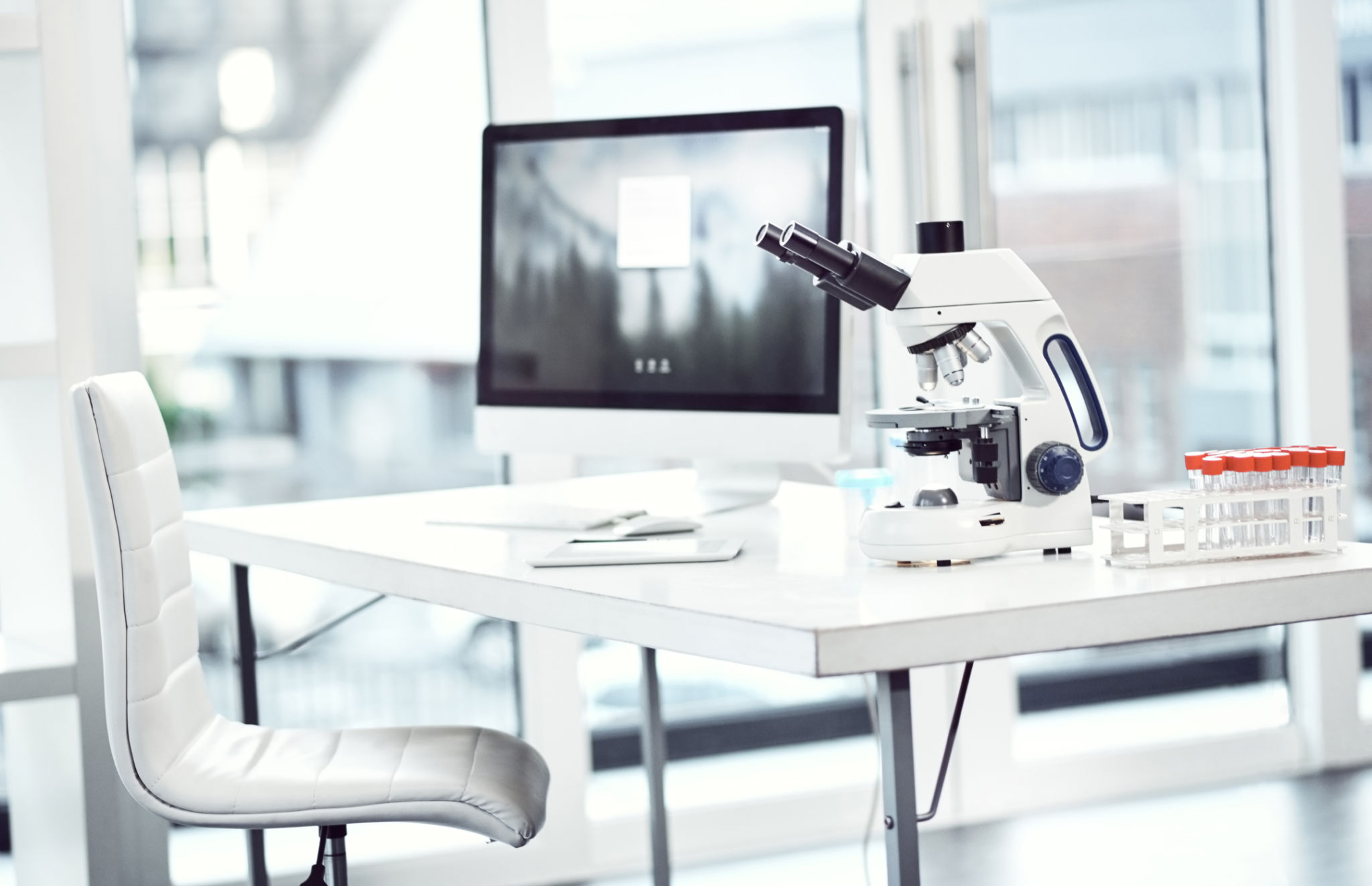Seasonal Maintenance Checklist for Lab Equipment in Malaysia and Singapore
Introduction to Seasonal Maintenance
Maintaining lab equipment in optimal condition is crucial for ensuring accurate results and extending the lifespan of the apparatus. In regions like Malaysia and Singapore, where humidity and temperature can fluctuate, regular maintenance becomes even more important. A well-organized seasonal maintenance checklist can help laboratories run smoothly and efficiently.

Why Seasonal Maintenance is Essential
Seasonal changes can significantly impact laboratory equipment, particularly in tropical climates. High humidity levels can lead to corrosion, while temperature fluctuations can affect the calibration of sensitive instruments. By adhering to a seasonal maintenance schedule, labs can prevent unexpected breakdowns and maintain the reliability of their equipment.
Preventing Corrosion and Damage
In both Malaysia and Singapore, the high humidity levels can cause metal components to rust and electronic parts to malfunction. Regular cleaning and lubrication are essential to prevent corrosion. Additionally, covering equipment when not in use can protect it from dust and moisture.

Creating a Comprehensive Checklist
Developing a robust maintenance checklist is key to ensuring all equipment is inspected and serviced regularly. Your checklist should include:
- Visual Inspections: Check for visible signs of wear or damage.
- Calibration: Ensure that all measurement tools are accurately calibrated.
- Cleaning: Regularly clean equipment to prevent buildup of dust and moisture.
- Lubrication: Apply lubricants to moving parts to prevent rust and wear.
Specific Equipment Considerations
Different types of equipment may require unique maintenance procedures. For instance, centrifuges may need rotor balancing, while spectrometers might require lamp replacements. Always refer to the manufacturer's guidelines for specific maintenance requirements.

Scheduling and Documentation
It's crucial to schedule maintenance tasks at regular intervals, ideally at the beginning of each season. This ensures that all equipment is prepared for any environmental changes. Documenting each maintenance activity is equally important, as it provides a record of service history and helps in tracking any recurring issues.
Training and Delegation
Proper training for lab personnel on maintenance procedures is vital. Ensure that staff members are familiar with the checklist and know how to perform basic maintenance tasks. Delegating specific duties to team members can help in maintaining efficiency and accountability.

Conclusion: The Benefits of Proactive Maintenance
Adopting a proactive approach to equipment maintenance not only enhances the accuracy and reliability of lab results but also extends the lifespan of costly instruments. By following a well-structured seasonal maintenance checklist, laboratories in Malaysia and Singapore can ensure that their operations remain uninterrupted and efficient year-round.